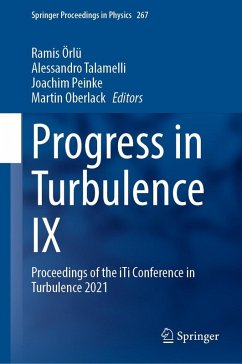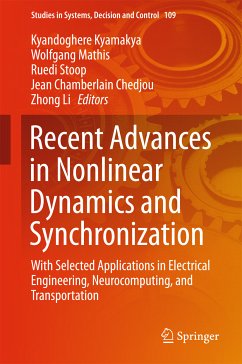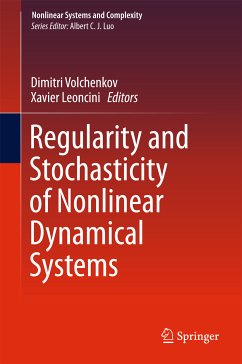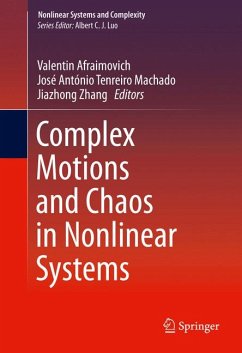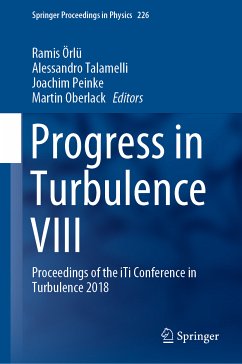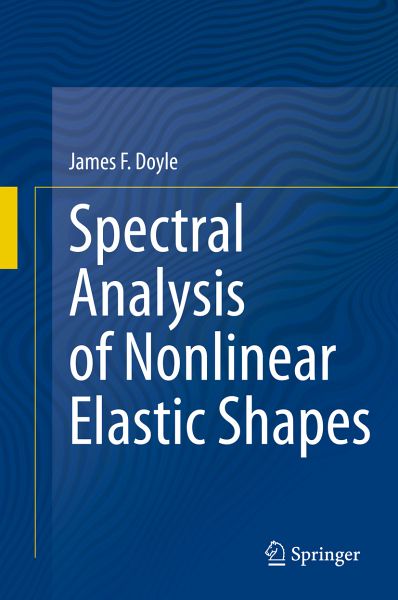
Spectral Analysis of Nonlinear Elastic Shapes (eBook, PDF)
Versandkostenfrei!
Sofort per Download lieferbar
68,95 €
inkl. MwSt.
Weitere Ausgaben:

PAYBACK Punkte
34 °P sammeln!
This book concerns the elastic stability of thin-walled structures - one of the most challenging problems facing structural engineers because of its high degree of nonlinearity - and introduces the innovative approach of using spectral analysis of the shapes and the stiffness to gain insights into the nonlinear deformations. The methodology greatly facilitates correlating the shape changes with the stiffness changes. Professor Doyle also develops specific computer procedures that complement finite element methods so that the ideas and methods are applicable to general structural problems. Basi...
This book concerns the elastic stability of thin-walled structures - one of the most challenging problems facing structural engineers because of its high degree of nonlinearity - and introduces the innovative approach of using spectral analysis of the shapes and the stiffness to gain insights into the nonlinear deformations. The methodology greatly facilitates correlating the shape changes with the stiffness changes. Professor Doyle also develops specific computer procedures that complement finite element methods so that the ideas and methods are applicable to general structural problems. Basic validity of the procedures is established using key archetypal problems from buckling/post-buckling of columns, arches, curved plates, and cylindrical shells, all worked out in significant detail. The book is ideal for a wide variety of structural engineers, particularly those in aerospace and civil fields. Researchers in computational mechanics also find a rich source of new ideas for post-processing data from nonlinear analyses.
Dieser Download kann aus rechtlichen Gründen nur mit Rechnungsadresse in A, B, BG, CY, CZ, D, DK, EW, E, FIN, F, GR, HR, H, IRL, I, LT, L, LR, M, NL, PL, P, R, S, SLO, SK ausgeliefert werden.



